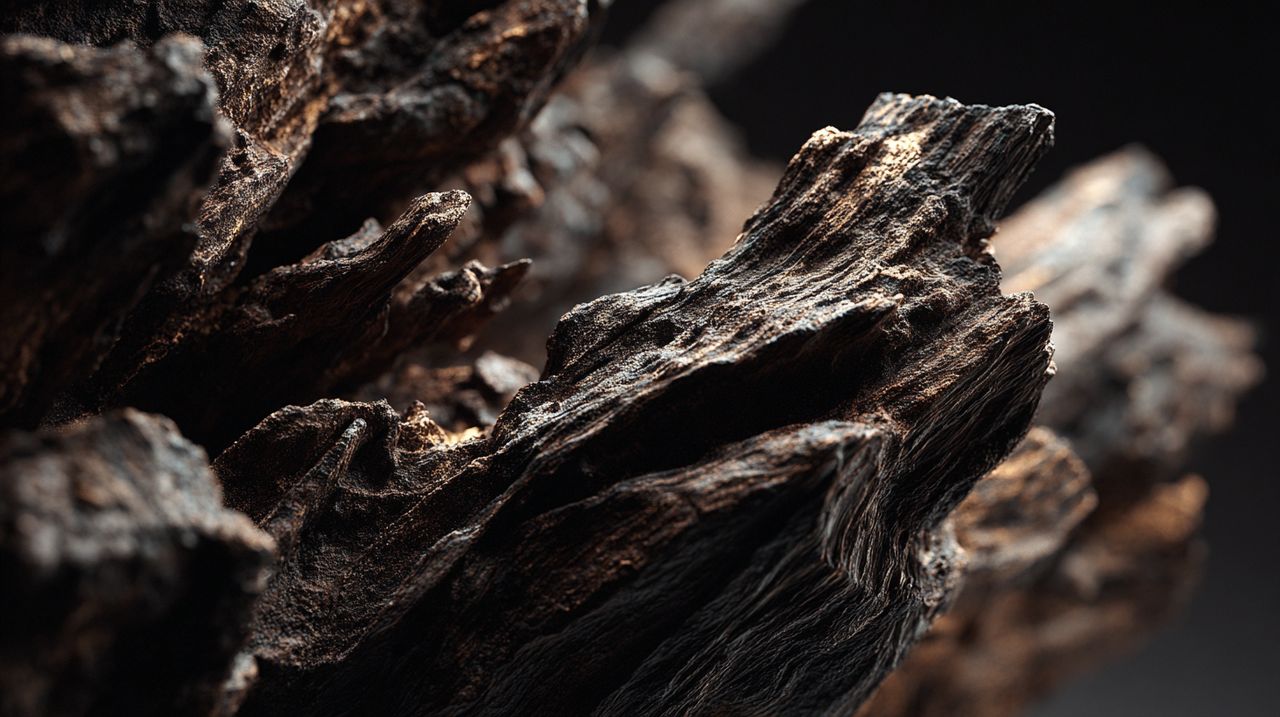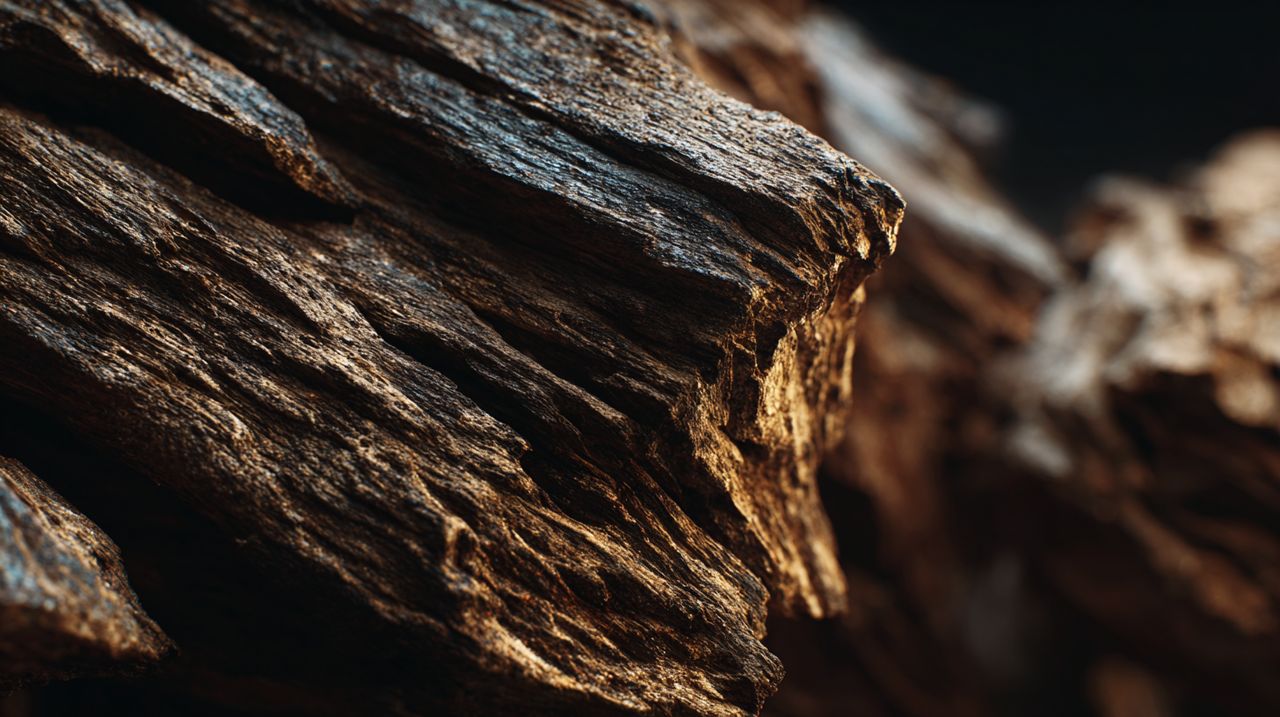The Unseen Price: Deconstructing the True Cost of Agarwood’s Soul
When we contemplate the notion of agarwood cost, our minds often default to a simple equation of supply and demand, conjuring images of exorbitant figures that can rival, or even surpass, the price of gold. Yet, this purely monetary label barely scratches the surface of its profound, almost mystical value. To truly apprehend the multifaceted "cost" of agarwood is to embark upon a journey that transcends mere market dynamics, delving instead into the very essence of nature’s quiet struggle, the relentless persistence of human endeavor, and the deep currents of spiritual reverence. It is akin to holding a relic of immense antiquity – a piece of fossilized starlight, perhaps – whose worth is never in its physical mass alone, but in the untold epochs it represents, the cosmic forces that shaped it, and the silent narratives it carries.


The Earth’s Scarred Gift: Unveiling Agarwood’s True Cost
Agarwood, often known as oud, is not simply wood in the conventional sense; it is a precious, aromatic resin, an extraordinary defense mechanism forged within the Aquilaria tree. This natural, almost alchemical process – a direct response to fungal infection – is precisely where the profound narrative of its scarcity and its unparalleled value truly begins.
Nature’s Alchemy: The Genesis of Agarwood Resin
The genesis of agarwood resin stands as a compelling testament to nature’s intricate resilience and its capacity for profound transformation. When an Aquilaria tree endures a wound or is infected by a specific, opportunistic mold, it initiates a remarkable biological response: secreting a dark, fragrant resin to protect itself. This is not a rapid, predictable chemical reaction, but a slow, decades-long, sometimes even centuries-long process, akin to a biological encryption. The resin gradually permeates the wood, fundamentally transforming it into the highly prized, fragrant material we recognize. This unpredictable, almost clandestine natural process means that not every tree, even if infected, will yield high-quality agarwood. It remains a rare, almost miraculous occurrence, a silent, protracted battle within the tree’s very core that ultimately yields a treasure of unparalleled rarity.
The Silent Depletion: Why Wild Agarwood is Priceless
Regrettably, the escalating demand for this exquisite material has driven wild Aquilaria trees to the very brink of extinction. Forests once teeming with these magnificent specimens have been decimated, rendering truly wild, old-growth agarwood extraordinarily rare and, consequently, propelling its agar wood price to astronomical heights. This scarcity, however, is far more than a simple matter of economic supply and demand; it tragically reflects an irreplaceable ecological loss. Each precious piece of wild agarwood carries the silent, profound weight of a vanishing ecosystem, a dwindling natural heritage that, once lost, we may never fully recover. It serves as a stark reminder of the delicate balance within our planet’s biosphere, a balance often disrupted by human desire.
Hands That Honor: The Human Imprint on Agarwood’s Value
Having explored the natural genesis and ecological cost of agarwood, our journey now turns to the human element. The transformation of agarwood from a raw forest treasure into a cherished artifact is a path paved not merely with labor, but with profound human effort, unwavering patience, and an intrinsic respect for the material. This is precisely where its intangible value truly blossoms, where human hands infuse an ancient gift with new meaning.
The Seeker’s Quest: A Glimpse into the Harvest
Consider, for a moment, the figure of a true seeker, perhaps an elder like Pak Cik Rahman, his face etched with the wisdom of decades spent navigating the dense, humid forests of Borneo. For over half a century, he has pursued the elusive Aquilaria tree, not with the brute force of modern machinery, but with an intimate knowledge passed down through generations—a deep, almost telepathic understanding of the forest’s subtle whispers. He recounts days, sometimes weeks, spent in profound solitude, enduring the relentless bites of insects and the omnipresent threats of the wild, all for the slim chance of discovering a tree that might, just might, contain the fragrant heartwood. His hands, gnarled and strong, do not simply inspect; they carefully assess each tree, seeking the subtle, almost imperceptible signs of infection. His reverence for the forest is palpable; he understands he is merely a conduit, a temporary guardian of this precious gift. This, then, is not mere labor; it is a sacred quest, fraught with peril and imbued with profound respect for the natural world, a testament to a vanishing way of life.

Crafting Reverence: The Art of Agarwood Beads and Incense
Once harvested, the raw wood embarks upon yet another meticulous transformation, guided by human hands. Consider the master artisan, Ibu Siti, whose nimble fingers meticulously carve each piece into perfectly spherical agarwood beads. With a quiet intensity that belies the complexity of her craft, she polishes them, patiently coaxing the natural luster to emerge. Each bead transcends its material form; it becomes a meditation, a physical embodiment of commitment to beauty and purpose, reflecting how various adornments carry deep symbolic meaning The Silent Whispers: Unveiling the Profound Symbolism of Ankle Bracelets. Similarly, the creation of incense agarwood necessitates precise grinding and blending, often adhering to ancient recipes refined over centuries. These processes stand in stark contrast to automated production lines; they are, in essence, acts of devotion, meticulously imbuing each finished product with the energy, intention, and wisdom of the hands that shaped it. The true agarwood cost here encompasses not only the raw material, but also the inherited wisdom, the untold hours of focused attention, and the very spiritual energy transferred from artisan to object.

Beyond Materiality: Agarwood’s Spiritual and Cultural Aura
As we delve deeper into the narrative of agarwood, it becomes clear that its essence extends far beyond its physical form or its economic value. For millennia, this remarkable material has transcended the mundane, evolving into a potent conduit for spiritual connection and a profound symbol of status and purity across a breathtaking diversity of cultures, embodying principles of harmonious energy in its use Who Cannot Wear Pixiu? Bracelet, Ring, Pendant Guide: Understanding the Principles for Harmonious Energy. It is, in many ways, a universal language spoken through scent.
Whispers of the Sacred: Agarwood in Ritual and Contemplation
In countless traditions, the burning of agarwood is far more than a simple act of perfuming a space; it is a profound spiritual ritual. Its rich, complex aroma, often described as balsamic, woody, and subtly sweet, is widely believed to purify environments, calm the turbulent mind, and profoundly facilitate states of meditation and prayer. From the serene halls of Buddhist temples, where its fragrance aids in achieving deeper states of contemplation, to the sacred precincts of Islamic rituals, where it signifies purity and hospitality, its ethereal fragrance serves as a tangible bridge to the divine. This spiritual utility represents a significant, often unquantifiable, component of its agar wood price; it is not merely a commodity to be traded, but a sacred tool, an olfactory key to inner realms, much like other sacred objects and their profound cultural significance Understanding Tibetan Prayer Flags: Symbolism, Benefits, and Proper Usage.
A Legacy of Luminaries: Historical Significance
Throughout the annals of human history, agarwood has been consistently reserved for the most exalted echelons of society: royalty, nobility, and religious leaders. Its distinctive presence adorned the grandest palaces, perfumed the opulent robes of emperors, and served as sacred offerings in the most revered ceremonies. This enduring historical association with power, prestige, and profound spiritual significance has woven agarwood deeply and inextricably into the cultural fabric of numerous civilizations, thereby reinforcing its perceived value far beyond its inherent physical attributes. It stands as a fragrant whisper from the past, carrying the echoes of ancient civilizations and their timeless veneration for beauty, purity, and the divine.
The Ethical Fragrance: Navigating Agarwood’s Future
Having traversed the natural, human, and spiritual dimensions of agarwood, we are now compelled to confront the critical ethical considerations that surround this precious material. The very high agarwood cost, while a testament to its rarity, has unfortunately fueled unsustainable practices, placing immense pressure on both ecosystems and communities. Yet, it is imperative to recognize that a sustainable path forward is not only possible but essential.
The Shadow Price: Ethical Challenges in the Trade
While the global demand for agarwood continues its inexorable ascent, the supply of wild trees dwindles at an alarming rate. This imbalance has tragically led to widespread concerns about illegal harvesting, the exploitation of vulnerable local communities, and, most critically, irreversible damage to fragile ecosystems. The exceptionally high cost of agarwood, paradoxically, incentivizes practices that utterly disregard environmental sustainability and social equity. This is the "shadow price" of agarwood: a profound burden on our collective conscience. It serves as a stark reminder that true value must inherently encompass ecological health, social justice, and ethical integrity.
The true cost of agarwood, therefore, is not merely a number on a ledger, but a complex calculus of environmental impact and human equity. It demands a re-evaluation of what we truly deem "precious."
Cultivating Conscience: Towards Sustainable Appreciation
Despite these daunting challenges, a beacon of hope shines brightly in the form of cultivation and responsible sourcing. Sustainable agarwood plantations are steadily emerging, offering a viable, ethical alternative to the destructive practices of wild harvesting, while simultaneously supporting local economies and fostering community resilience. As conscious consumers and admirers of this remarkable substance, our choice to support ethically sourced agarwood, whether in the form of exquisite incense agarwood or meticulously crafted agarwood beads, transforms into an act of profound stewardship. It is a recognition that the true value of this sacred wood lies not merely in its immediate market price, but in its entire, intricate journey: from the earth’s embrace, through diligent human hands, and ultimately, into our spiritual lives—a journey that must be nurtured and sustained for the benefit of future generations. Indeed, the profound worth of agarwood resides not in its scarcity, but in its potential for enduring, harmonious coexistence.
In essence, the very concept of agarwood cost reveals itself not as a simple economic metric, but as a multifaceted jewel, reflecting the intricate tapestry woven between nature, humanity, and the divine. It serves as a compelling call to look deeper, to appreciate the unseen sacrifices, the enduring spirit, and the complex narrative embedded within each fragrant piece. As one next encounters the profound, evocative aroma of agarwood, let it be more than a sensory experience; let it be a moment of quiet reflection, a silent acknowledgment of its intricate story, and the profound reverence it commands—a reverence that extends far beyond the ephemeral marketplace.
💡 Frequently Asked Questions
Agarwood, also known as oud, is a precious, aromatic resin formed within the Aquilaria tree as a natural defense mechanism against fungal infection. It is not conventional wood but a highly prized material transformed by this process.
Agarwood resin forms when an Aquilaria tree endures a wound or is infected by a specific mold. The tree then secretes a dark, fragrant resin over decades, sometimes centuries, which permeates and transforms the wood into the prized material.
Its high value comes from its extreme rarity due to a slow and unpredictable natural formation process, the near extinction of wild Aquilaria trees from escalating demand, the significant human effort involved in finding and processing it, and its deep spiritual and cultural significance across various traditions.
The high demand for agarwood has led to illegal harvesting, exploitation of vulnerable local communities, and irreversible damage to fragile ecosystems, pushing wild Aquilaria trees to the brink of extinction.
Consumers can support sustainable practices by choosing ethically sourced agarwood, often from sustainable agarwood plantations, which provides a viable alternative to destructive wild harvesting and supports local economies.







